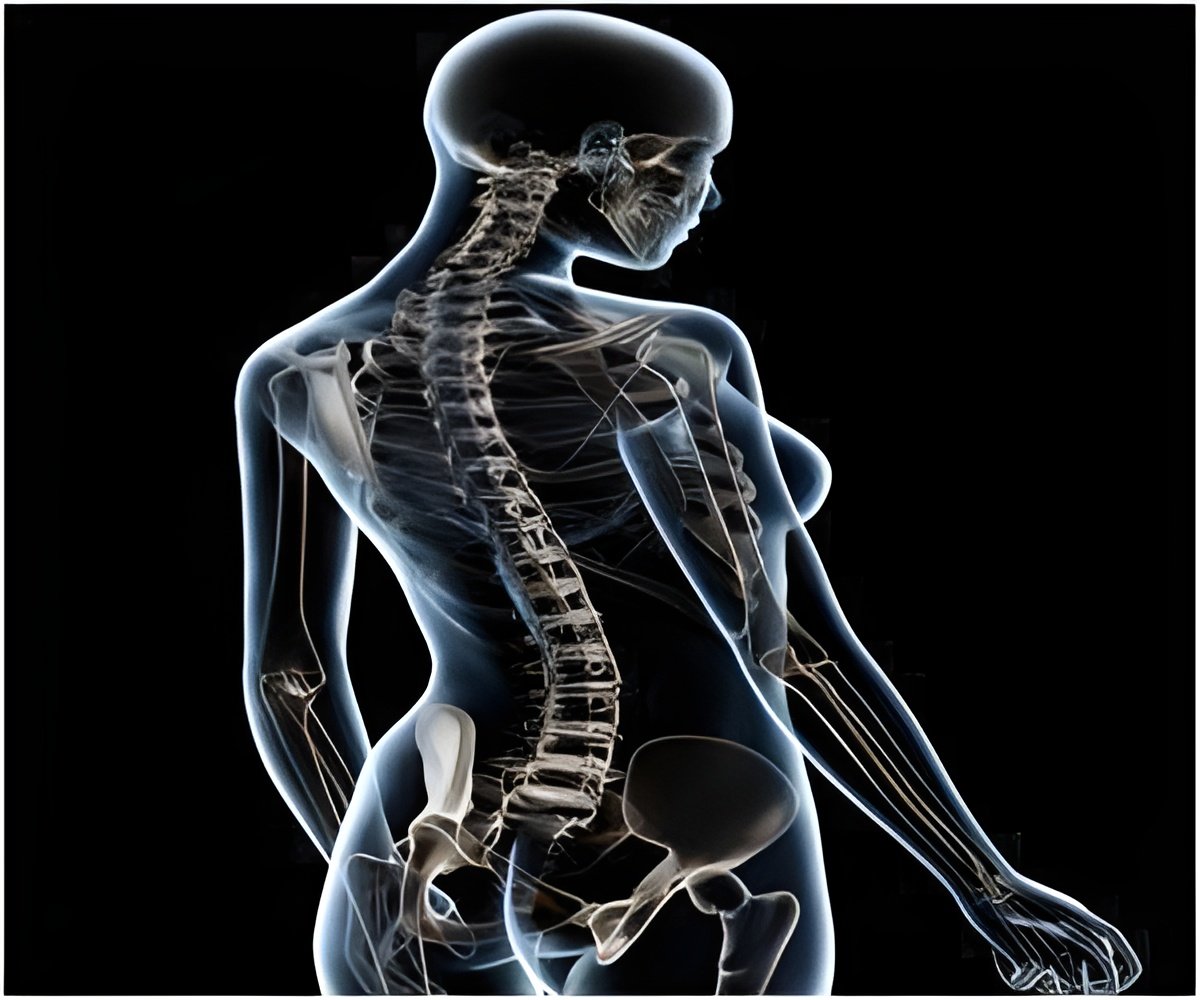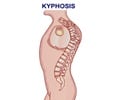Scientists at the Johns Hopkins University School of Medicine have found that spinal cord treatment with an enzyme can improve nerve regrowth, motor recovery and nervous system function.

But in the new study, researchers showed remarkable improvement on treating injured rat spinal cords with sialidase.
"This is the first functional study showing behavioural improvement below a spinal cord injury by the delivery of sialidase. Sialidase has properties that are appealing from the human drug development point of view," said Dr. Ronald Schnaar, a professor of pharmacology and molecular sciences at Johns Hopkins.
Sialidase is a bacterial enzyme that removes specific chemical groups found on the surface of nerve cells.
The chemical groups normally function to stabilise the cells, but also act to prevent nerve regeneration.
The team built upon earlier research where they discovered that sialidase treatment improved the growth of nerves into a graft.
So they treated rats after a spinal cord impact injury by injecting sialidase directly to the injury site.
The researchers then implanted into each rat a small pump that delivered a steady stream of sialidase directly to the injury over the course of two weeks, hoping that bathing the injured nerves in the enzyme would help their recovery and promote regrowth.
They then let the rats recover for another three weeks before assessing the degree of recovery.
Using a well-established, 21-point scale where zero represents paralysis and 21 is normal function, the team of researchers assessed treated and untreated rats for a range of functions including whether they could lift their feet off the ground and whether they had coordinated leg movements.
The initial injury rendered all rats to score below four, and all rats, treated or not, recovered somewhat by the end of two weeks.
By the end of five weeks after injury most untreated rats scored 12 or less, while most treated rats scored better than 15.
"The difference in coordination control was most remarkable," said Schnaar.
In addition to motor control, spinal cord injury can cause other nervous system problems, including losing the ability to control blood pressure and heart rate.
To see if sialidase treatment improved nerve connections enough to remedy these problems, the team measured the nerve circuits that control blood pressure in treated and untreated rats.
They found that treated animals improved blood pressure control.
"We interpret this as improved communication in the spinal cord," said Schnaar.
Finally, the team looked at the nerve ends under a microscope and found that indeed, treated nerves showed an increased number of "sprouted" nerve ends, which according to Schnaar, provided anatomical evidence to add to the functional evidence that "something is going on."
"The positive is that we have shown functional recovery in a relevant animal model of spinal cord injury. That being said, we haven't done full toxicity studies on these rats, which definitely needs to be done before we think about taking the long road into using this as a drug in people; efficacy in animals also doesn't necessarily translate to humans," said Schnaar.
The study was published in the Early Edition of the Proceedings of the National Academy of Sciences.
Source-ANI
 MEDINDIA
MEDINDIA




 Email
Email










